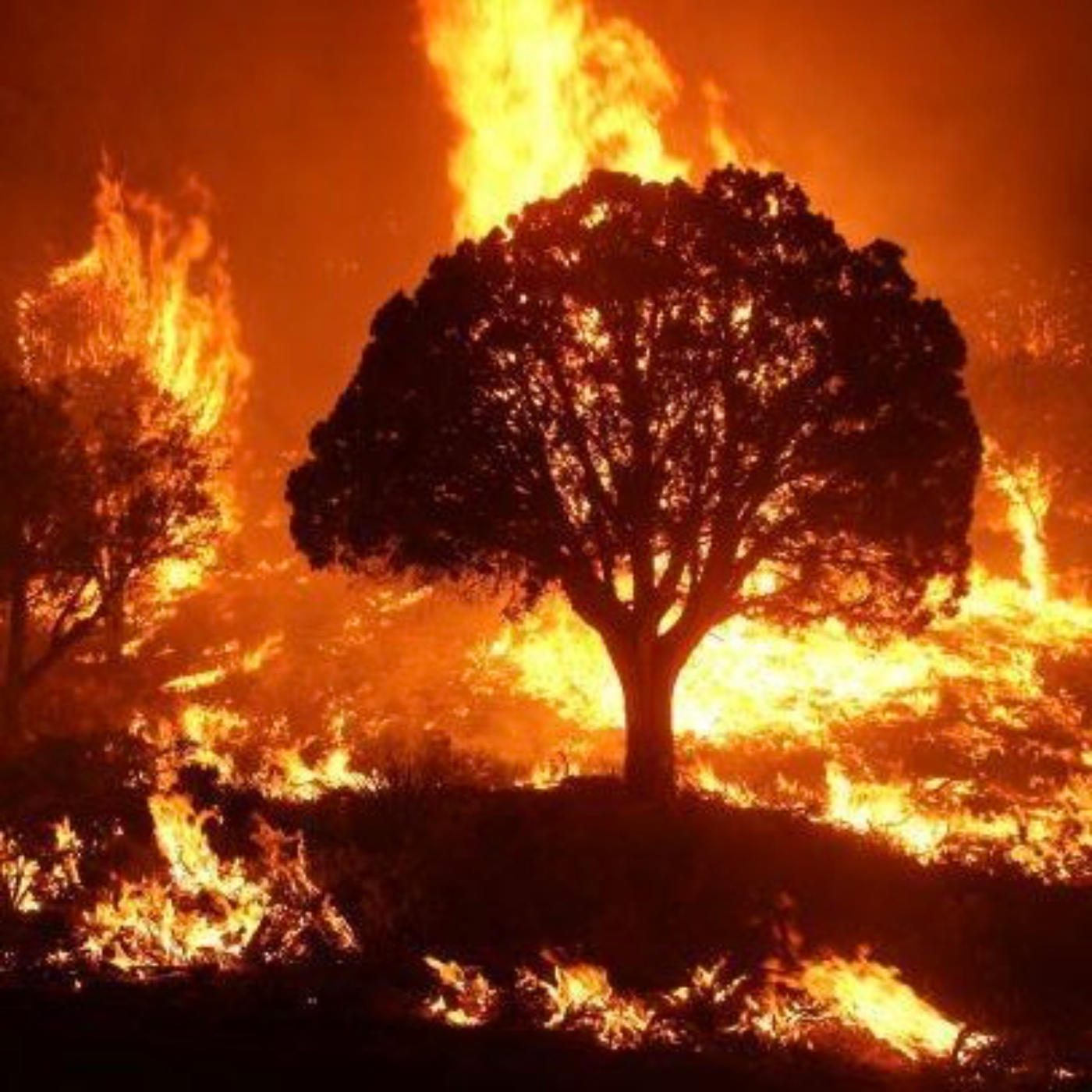Wetter Weather Can Intensify Wildfire Risk
- Author
- Rob Jones
- Published
- Mon 13 Jan 2025
- Episode Link
- https://rss.com/podcasts/meteorology-matters/1844565
Wildfires and Climate Change
Main Themes:
- Climate Change Fuels Wildfires: Warmer temperatures, drought, and a "thirsty" atmosphere create ideal conditions for larger, more frequent, and more severe wildfires.
- Wildfires Exacerbate Climate Change: Fires release massive amounts of carbon dioxide and destroy carbon sinks like forests, contributing to further warming.
- Expanding Wildfire Season: The traditional wildfire season is extending, with significant fires occurring even in winter months.
- Widespread Impacts: Wildfire smoke impacts air quality and public health far beyond the immediate fire zone.
- Adapting to a New Reality: Communities need to adapt to a future of more frequent and intense wildfires through prevention, mitigation, and building resilience.
Key Facts & Ideas:
Climate Change and Wildfire:
- Climate change has doubled the area burned by wildfires in the western U.S. since the 1980s. (NOAA)
- "Weather whiplash," the rapid shift between wet and dry periods, is intensifying globally due to climate change, exacerbating fire risk. (Washington Post)
- California now has 78 more annual “fire days” than 50 years ago. (CalMatters)
- Drought-stressed trees are more susceptible to insects and diseases, increasing fuel load. (Environmental Defense Fund)
- Shrinking snowpacks and earlier snowmelt further dry out forests. (Environmental Defense Fund)
- Lightning-sparked fires are becoming more common due to climate change. (CalMatters)
Wildfire Impacts:
- Wildfires release massive amounts of pollutants, including black carbon, which is thousands of times more damaging than greenhouse gases. (CalMatters)
- Smoke from wildfires can travel hundreds of miles, affecting air quality and public health even in areas far from the fires. (Covering Climate Now)
- Wildfire smoke is particularly harmful to children. (Covering Climate Now)
- Wildfires destroy forests, which act as carbon sinks, further contributing to climate change. (Covering Climate Now)
- Intense fires can burn deep into the soil, creating risks for future mudslides and flooding. (Covering Climate Now)
Adaptation and Prevention:
- Communities need to adapt to the “Pyrocene,” the age of fire, through fire-resistant building materials, defensible space around homes, and updated building codes. (CalMatters)
- Utilities need to improve infrastructure and vegetation management to prevent power lines from sparking fires. (CalMatters)
- Prescribed burns can help reduce fuel loads and promote healthy forest ecosystems. (Environmental Defense Fund)
- Better forest management and community planning are crucial for reducing wildfire risks. (Environmental Defense Fund)
- Public awareness and education about wildfire risk and prevention are essential. (Covering Climate Now)
